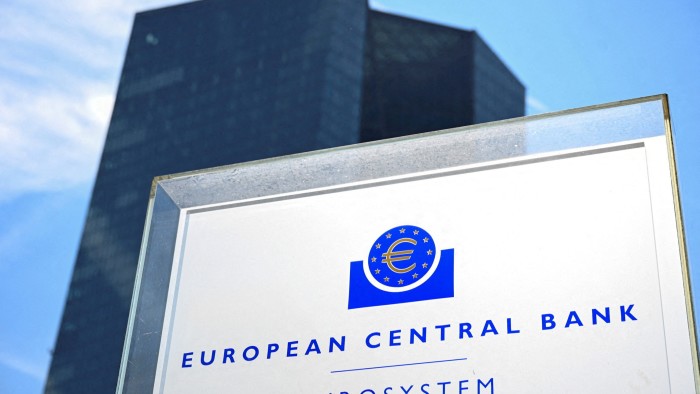Unlock the Editor’s Digest for free
Roula Khalaf, Editor of the FT, selects her favourite stories in this weekly newsletter.
The European Central Bank’s loss ballooned to a record €7.9bn last year, as its interest rate payments on its own financial liabilities rose as a result of its decision to increase borrowing costs.
The loss for 2024 reflects the impact of higher interest rates, which the ECB raised to a record level in response to the biggest surge in inflation in its history.
In its annual accounts, published on Thursday, the ECB said the losses had no impact on the bank’s stability or monetary policy. It added that it expected last year to mark the peak of its losses and foresaw a return to profits over the coming years.
Since June, the ECB cut its key deposit facility rate from 4 per cent to 2.75 per cent and markets expect further cuts this year.
In 2023, the ECB announced its first annual loss for almost two decades, which it largely offset by using a risk provision.
The losses will limit subsequent payouts to national central banks as future profits will initially be used to balance past losses. Between 2005 and 2021, it generated €25.3bn in profits and paid out €17.2bn to national central banks in the Eurozone.
National central banks pay out parts or all of their profits to national governments, boosting the annual budget. For instance, the German Bundesbank between 1980 and 2019 wired tens of billions of euros to the country’s Ministry of Finance. Such payments ended after a €5.9bn transfer in 2019 as risk provisions and losses wiped out any Bundesbank profit.
The accounts also showed that the soaring gold price boosted the value of the ECB’s gold reserves by €10bn to €41bn, while its foreign currency reserves grew 9 per cent to €60bn. As a consequence, the central bank’s net equity rose 12 per cent to €50bn in spite of the €7.9bn of net losses.
The ECB’s losses in 2023 and 2024 stem from its large-scale asset purchases up to 2022, when it gobbled up government and corporate bonds to simulate a flagging economy that was flirting with deflation. While its balance sheet has shrunk 18 per cent since 2022 as bonds matured, it still has €377bn of such securities on its balance sheet. Bought during a period of historically low interest rates, these bonds tend to have long maturities and generate low yields.
The ECB cleared its bonds purchases through national central banks, which processed the payment flows. This resulted in hundreds of billions of ECB liabilities towards the national central banks on which Frankfurt rate setters have to pay interest. This interest obligation shot up when the ECB raised its monetary policy rates.
This article was corrected to make clear that the ECB did buy the bonds directly

